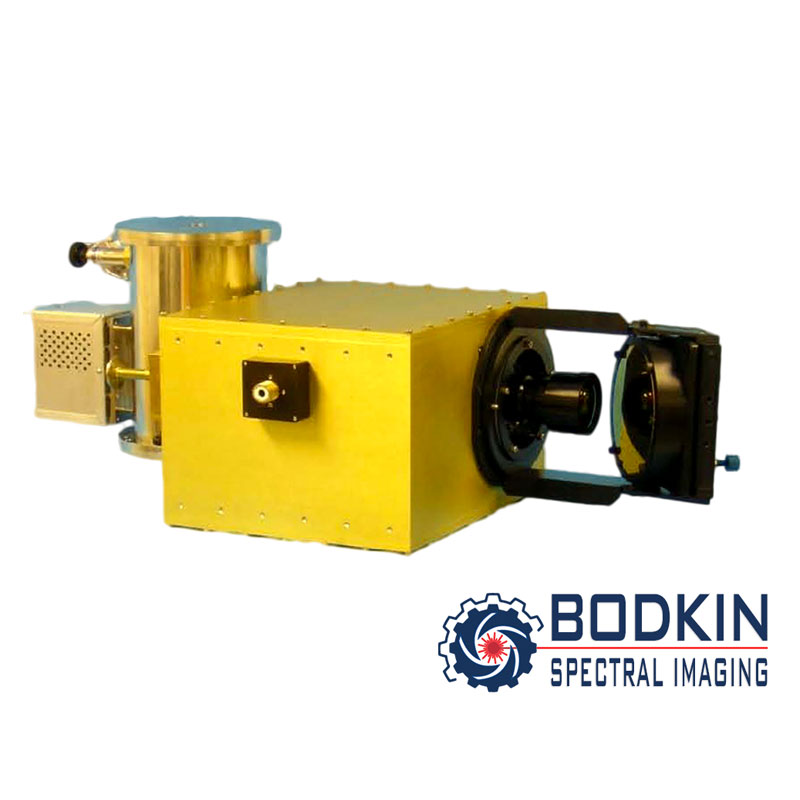Cubert ULTRIS 5 Hyperspectral Video Camera

The cost of excellence just got smaller
Cubert extends their family of award winning Light Field snapshot Hyperspectral cameras with the new ULTRIS 5, packing a 5 megapixel sensor into a 30 x 30 x 50 mm package, the ULTRIS 5 records complete data cubes of 250 x 250 pixels and 51 spectral bands at 15 Hz across its 450-850 nm waveband.
This tiny package enables the ULTRIS 5 to be inserted into the tightest industrial process systems and its high resolution snapshot data cubes record rapidly changing events, both spatially and temporally, feeding the crucial decision making algorithms of automated inspection, process control and robot guidance.
Configurations of the ULTRIS 5 are available for endoscope and microscope use, and custom wavelength ranges upon request.
Why ULTRIS?
The ULTRIS 5 is the most versatile addition to Cubert’s family of Light Field hyperspectral cameras. It is small enough to fit into any industrial process system, powerful enough to fill medical imaging requirements, and fast enough to record complete non scanning snapshot data-cubes at 15Hz. The ULTRIS 5 is the affordable solution when multiple cameras are needed.
Specifications:
| Technology: | Light Field with Variable Bandpass Filter |
| Spectral Channels: | 51 |
| Spectral throughput [spectra/capture]: | 62,500 |
| Wavelength range [nm]: | 450-850 |
| Cube resolution [pixel]: | 250 x 250 x 51 |
| Cube rate [fps]: | max 15 |
| Digitization [Bit]: | 12 |
| Camera interface: | 1 GigE |
| Camera connections: | 1 GigE |
| Camera storage: | ext. |
| Operating temperature [°С]: | +5 – +65 |
| Weight without lens [g]: | 126 |
| Power [V, W]: | 3.1W |
| Size Standard [mm]: | 29x29x49 |
perClass Mira Included
Cubert systems fully supports perClass Mira, a user interface for interpretation of hyperspectral images. It allows users to define classification and regression solutions and deploy them in the live applications of Cubert cameras. Mira provides automatic machine learning without pro-gramming and enables the users to interactively improve their solutions.

perClass Mira, fully compatible to Cubert Utils camera control software, brings state-of-the-art machine learning research to industrial practitioners and researchers.

What is Hyperspectral Imaging?
A conventional color image has three colors per pixel (red, green, and blue), but a hyperspectral image can have hundreds of colors across the electromagnetic spectrum.







